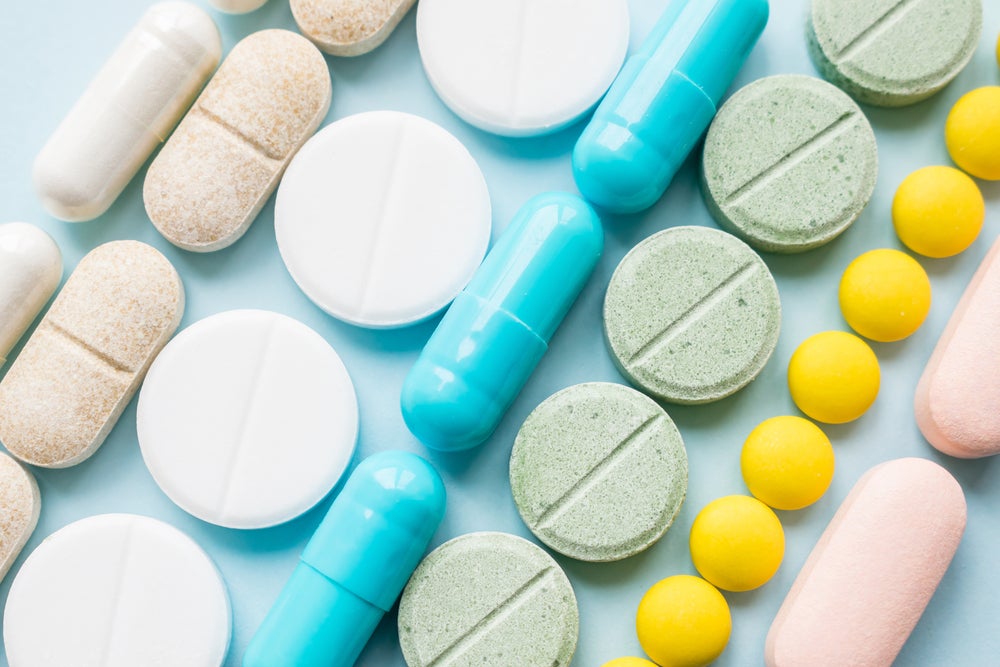The opioid addiction market across the eight major markets (8MM: Australia, Canada, France, Germany, Italy, Spain, the UK and the US) is poised to grow at a compound annual growth rate (CAGR) of 1.8% from $2 billion in 2023 to $2.4 billion in 2033, according to GlobalData’s recently published report, Opioid Addiction – Opportunity Assessment and Forecast.
This growth will be driven by an increase in total treated opioid addiction cases throughout the forecast period. In addition to the increase in treatment rates, diagnosed prevalence rates will also grow. In the US, the diagnosed prevalence is anticipated to increase across all opioid addiction patient segments (mild, moderate and severe opioid use disorder [OUD], as well as opioid withdrawal syndrome [OWS]), and in the rest of the 8MM, the diagnosed prevalent cases are expected to increase across all OUD severities. The growth in the opioid addiction market will also be driven by the introduction of four late-stage pipeline products: cannabidiol, mazindol controlled release (CR), probenecid and TRV-734.
The standard of care for OUD is medication-assisted therapy, in which first-line treatment is with methadone and buprenorphine, which are synthetic opioids acting as agonists at the mu-type opioid receptor. Methadone and buprenorphine are classified as Schedule II and III substances due to their abuse potential. Naltrexone, a mu-receptor antagonist, is less commonly used and is not a controlled substance. Both buprenorphine and naltrexone can cause precipitated withdrawal if not properly dosed, as they can displace opioids from receptors in dependent individuals. Given these risks, there is an unmet need for effective non-opioid treatments that do not target the mu receptor and could potentially replace opioids as first-line therapies.
Of the four late-stage pipeline products, three (cannabidiol, mazindol CR and probenecid) are non-opioids. Cannabidiol and mazindol CR are expected to be used as potential adjunctive treatments in addition to the standard of care, driving an increase in the OUD market, yet are unlikely to become first-line OUD treatments. Probenecid is indicated for the treatment of OWS and is expected to take market share from existing OWS agents. Therefore, the need for first-line non-opioid treatment alternatives remains.
GlobalData forecasts that the late-stage pipeline products could drive combined sales of approximately $171.4 million by 2033 in the 8MM. GlobalData also anticipates that the most promising pipeline product will be Trevena Inc’s TRV-734, which is indicated for the treatment of OWS and has the potential to see strong uptake due to its position as a partial mu-opioid receptor agonist. This means that it has the potential to elicit the partial effects of opioids, but not the full effect, which could limit some of the distressing side effects and potentially prevent the withdrawal associated with existing opioid-based treatments. GlobalData forecasts that TRV-734 could generate global sales of approximately $77.6 million by 2033.
While the overall opioid addiction market is expected to experience growth until 2033, continued generic erosion will be an important barrier. Generic erosion is expected to be particularly significant in the US opioid addiction market. In 2023, the US represented the largest market for opioid addiction, with 74.1% of the 8MM sales, due to its larger opioid-addict population and the high price of medication in the country.
Generic products may inhibit growth
Although the US is expected to remain the largest market for opioid addiction at the end of the forecast period, its proportion of global sales is expected to fall to 70.5% in 2033. This will be fueled by the patent expiries of Indivior’s extended-release formulation of buprenorphine, Sublocade, which was the top-selling drug in the opioid addiction market in 2023, as well as Alkermes’s Vivitrol (naltrexone ER), Braeburn’s long-acting buprenorphine product Brixadi, and Orexo’s Zubsolv (buprenorphine), all of which will expire throughout the forecast period, resulting in sales erosion among key OUD therapies.
Although the impending entry of numerous generic products will act as a major barrier to growth and the late-stage pipeline products have limited potential to generate significant growth in the opioid addiction market, the increase in diagnosed prevalence, treatment rates and general awareness surrounding opioid addiction will continue to act as the main drivers of growth across the 8MM.









